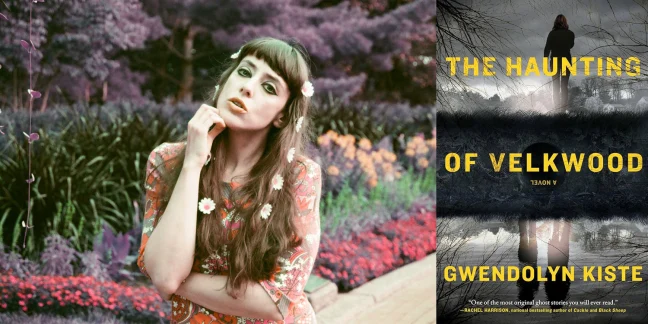Iva is having a episode. Her daughter Circe is missing, likely dead. Iva wants to remember Circe, grabbing an old stuffed toy bat and trying to inhale her, to capture the scents she left behind. The power of her emotions is palpable, perhaps dangerous. She is sinking into ritual, and needs help.
Help is Sid Catchpenny, a thief with some unusual abilities. He steals for a living, but he’s made some bad decisions. Luckily, his friend Francois trusts him [sort of], and enlists his aid in finding Circe. It proves that everything is connected.
Charlie Huston has written first-rate neo-noir and first-rate supernatural noir. Catchpenny is [sort of] supernatural noir, but Huston brings an entirely original version of magic to his novel. The details are too delightful for this reviewer to reveal. Catchpenny‘s setup enables for Huston to write a page-turning thriller that runs on emotions to power plot twists you don’t foresee, action that is heartbreaking. and character-driven reveals that feel revelatory. It’s lots of fun, yes, Huston’s sense of humor and language ensure that. It’s a fast read that lingers in the best possible manner.
Sid is a wonderful character, even if he spends much of the novel in an understandably depressed state. He really needs his supernatural abilities, because much of Huston’s LA is running on a supernatural economy. There’s a superb vision of the Laurel Canyon music scene as an eternal party where the living and the supposedly dead create jam sessions you never even dreamed about. Huston manages to mix the macabre and the joyful without missing a beat. Of course, Sid spirals down, and on his way he spends some time at a 40-years-long D&D session. And just to keep Sid and reader watchful, the plastic people turn out in force and prove to be pretty unpleasant.
All this happens as fast as the reader can turn the pages. Huston orchestrates an excellent finale, and a feeling that the well-described and imaginative mayhem actually contributes to the emotional resonance. If you’ve not read Huston’s previous work, you’re in for a very pleasant follow-through; his other titles cover a wide range and are equally good. If you have, you’ll be glad to see he’s back in the saddle, or as it were, the mirror. Like the best literature, Catchpenny will have readers seeing their own mirror images differently, and paying attention rather closely.
Good times. It had been, well a long time, since I last spoke with Charlie Huston. We’re going to change that. In the interim, here’s the don’t-broadcast-this-on-radio version of our interview. This one best enjoyed with an extra-long pour macchiato brewed on your Rancilio Sylvia Pro X. Take your time making it, the bar below will wait and serves only the best conversations.




